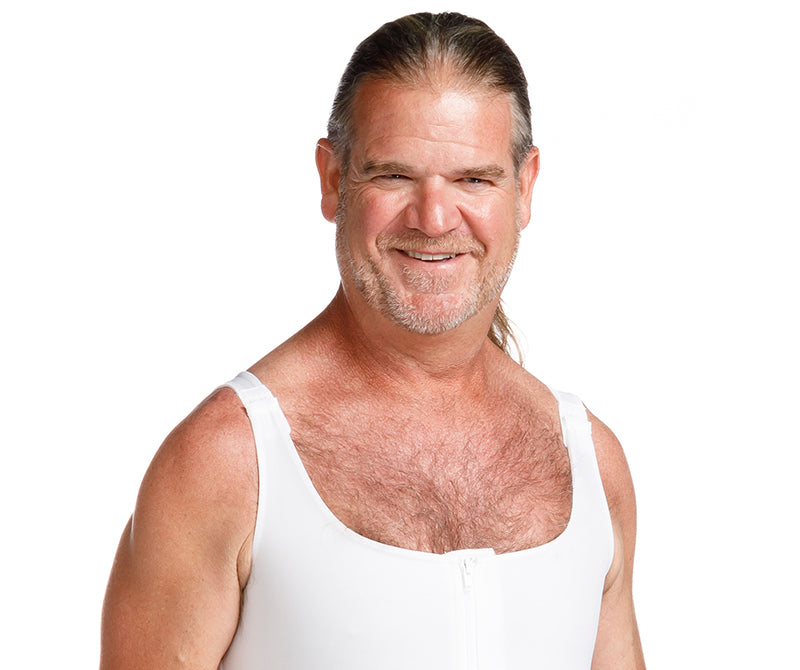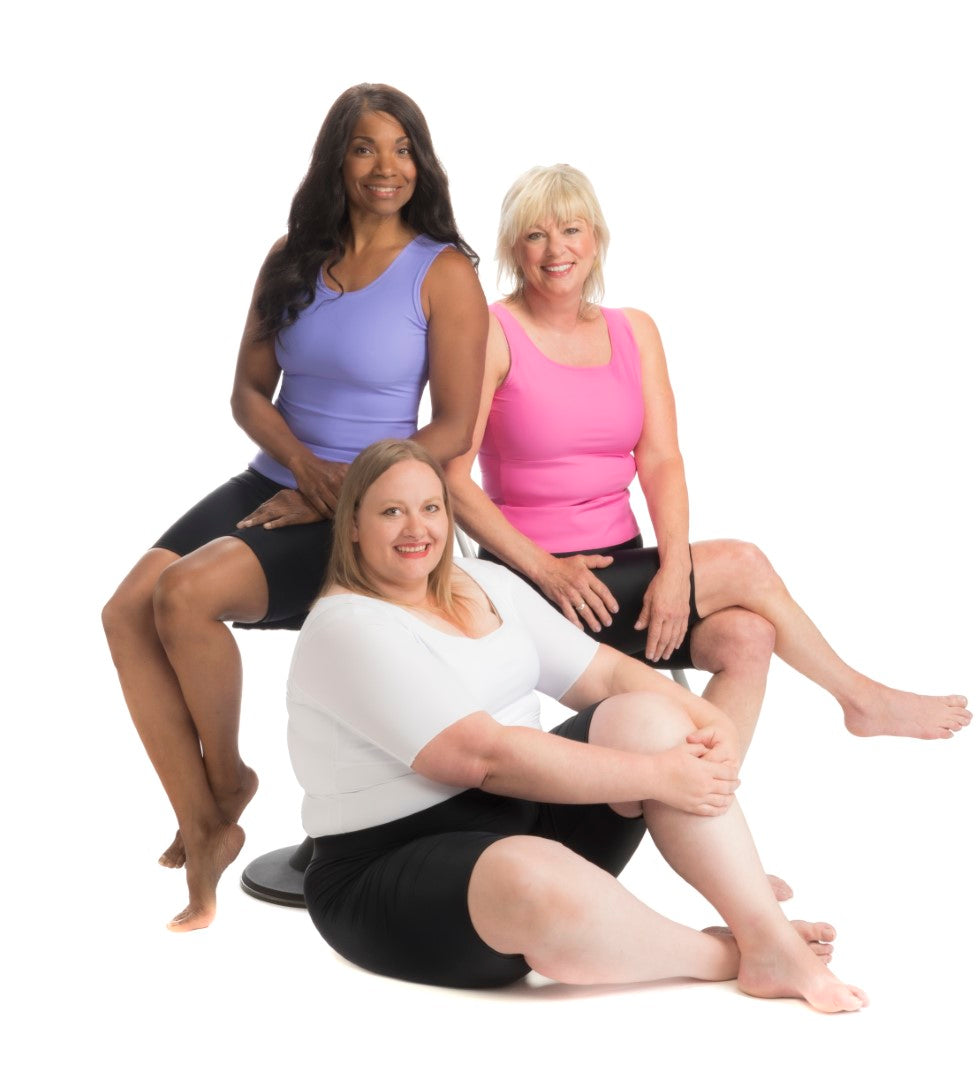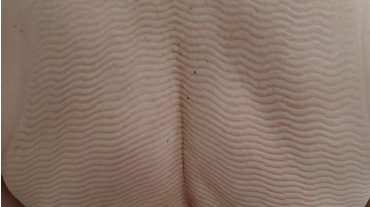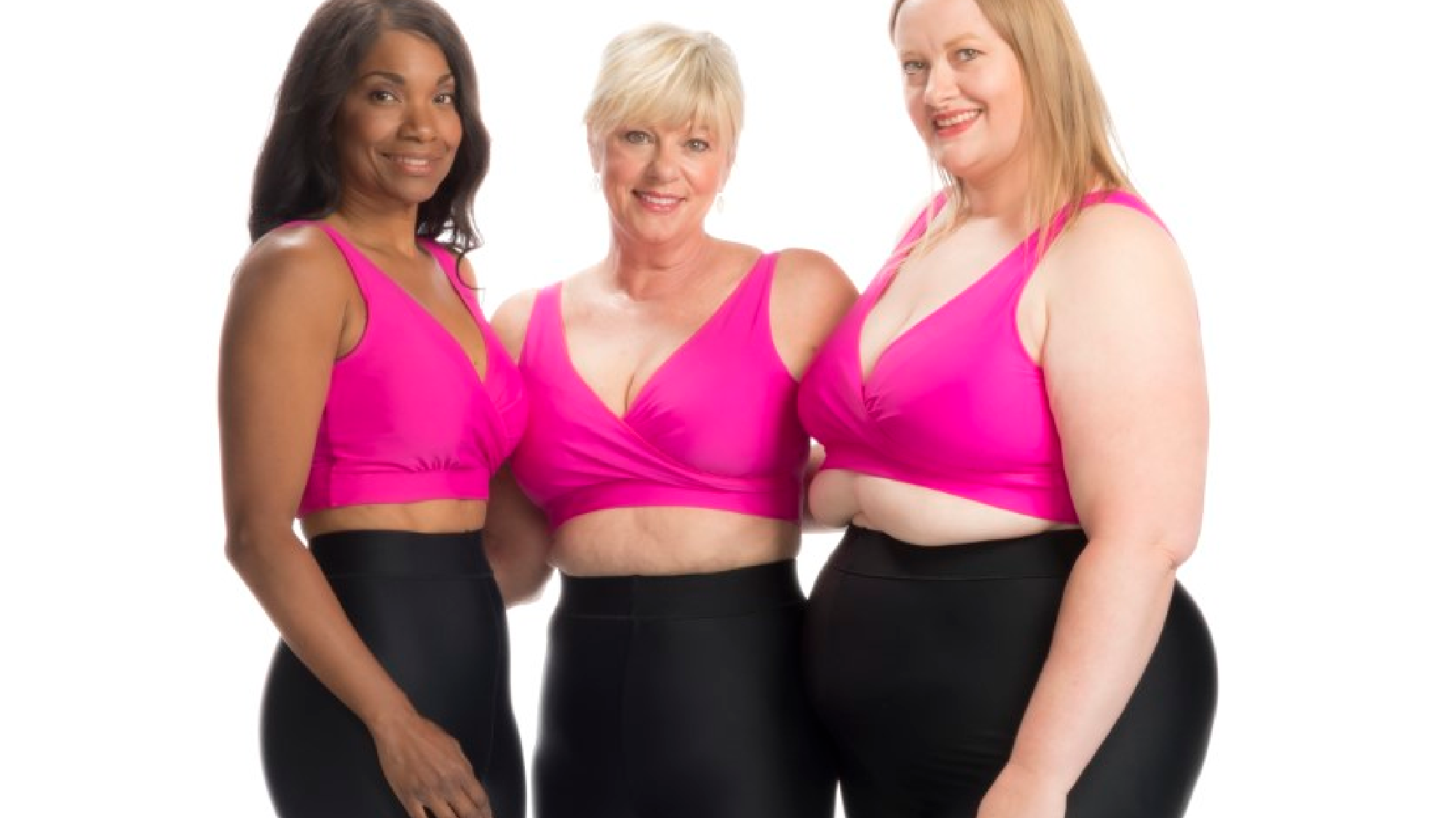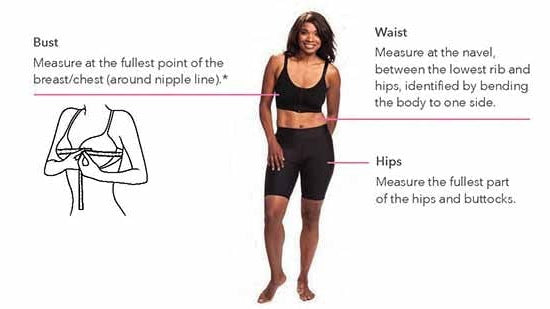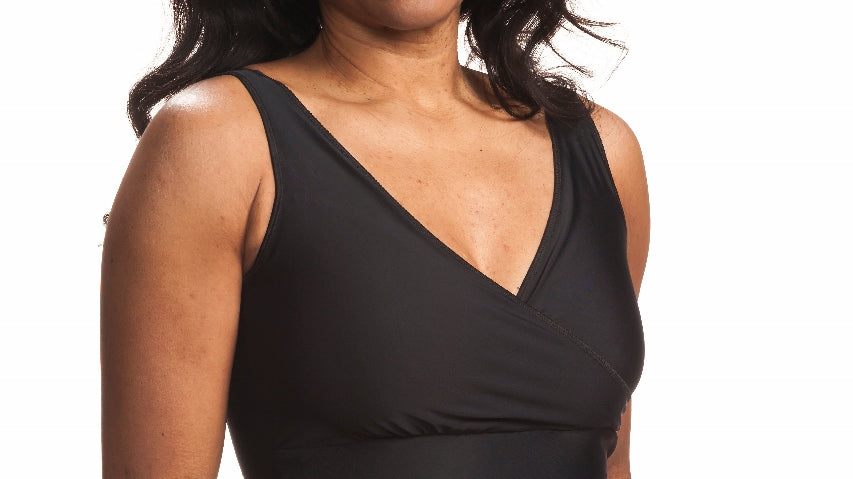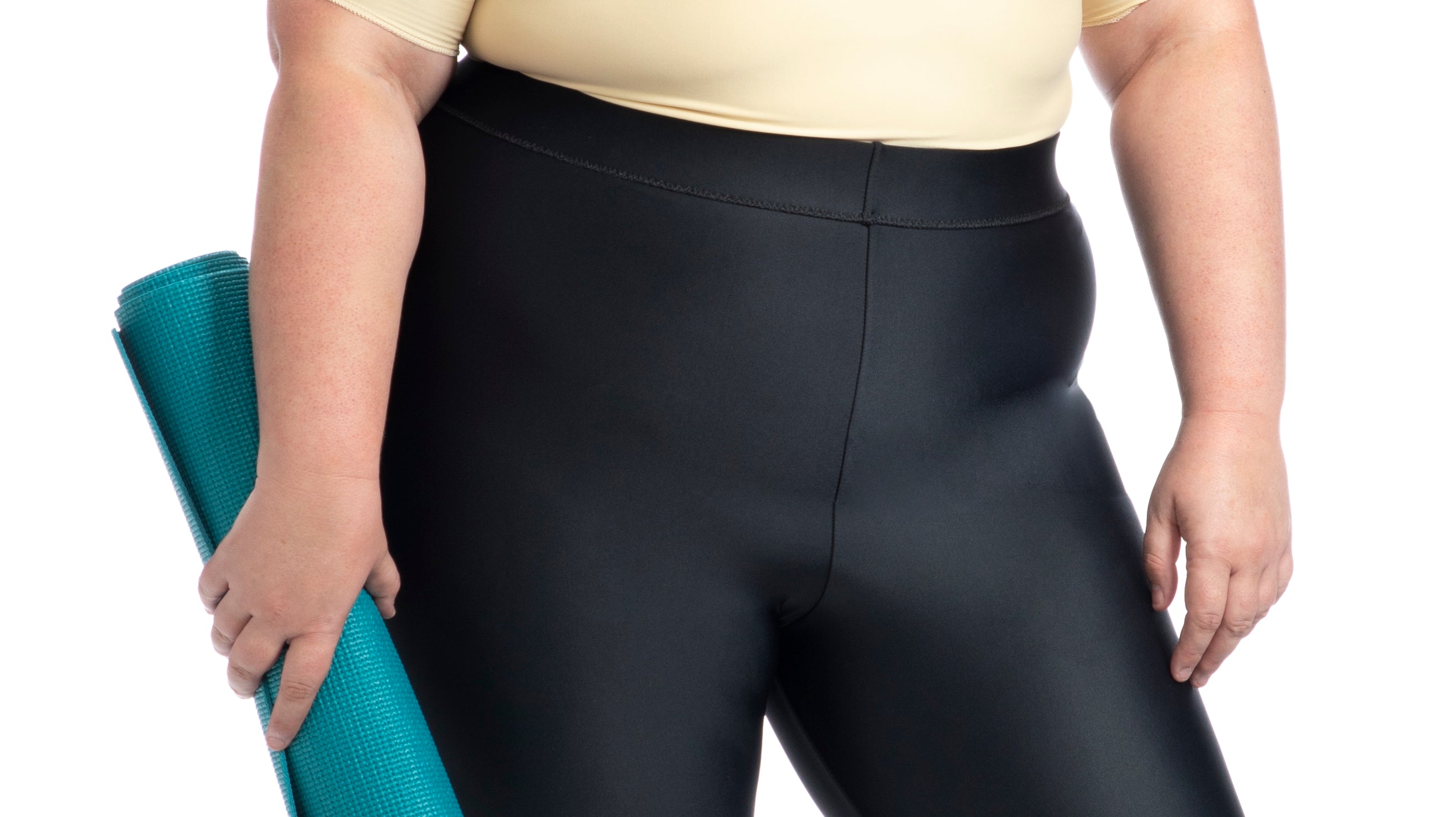News
Fibrosis and Lymphedema in the Torso: Treatment Beyond Arms and Legs
Healthy Lifestyle Habits For Everyday Lymphedema Management
Living with lymphedema brings unique challenges. However, adopting healthy lifestyle habits can make a meaningful difference in managing symptoms and improving your daily quality of life. Whether you're newly diagnosed or have been managing lymphedema for years, integrating practical habits into your daily routine can help reduce swelling, prevent flare-ups, and support overall wellness.
The 4 C’s of Lymphedema Management: Comfort, Compression, Containment, and Compliance
Finding the Perfect Fit for Comfort: A Guide to Fitting Compression Garments for Lymphedema
Why You Should Address Fibrosis in Your Lymphedema Therapy for Optimal Results
A Holistic Approach to Lipedema Management
Wear Ease Anti-Fibrotic Compression Garments for the Breast and Torso
Crisscross Shaper, Style 970, A Summertime Garment
A good defense: Get to know this immune system hero by DEBORAH HERLAX ENOS
Why You Should Work with a Therapist
Discover the Benefits of Wear Ease Compression Shorts and Capris Today!
Compression Therapy for Lymphedema Patients
Compression therapy is an effective way to treat lymphedema symptoms by reducing swelling in affected areas while offering additional support and comfort throughout your day-to-day life. If you think this type of treatment might be right for you, talk with your doctor or a certified lymphedema therapist about what type of compression garment would work best for your particular needs! With proper care and maintenance, these garments can provide long lasting relief from your symptoms so you can get back to living life without worrying about painful side effects associated with lymphedema.


